Exploring Java 9 to 17 Features
Java is a programming language that has been around for a long time and is renowned for its adaptability and durability. In recent years, Java has experienced a significant expansion and evolution, culminating in the release of Java 8. This blog will provide a brief overview of these versions, emphasizing key features and enhancements. This blog will provide an overview of the journey from Java 8 through to Java 17.
JShell (Java REPL): A Read-Eval-Print Loop (REPL) for Java called JShell was introduced in Java 9. Instead of creating full-fledged classes and compiling them, this interactive tool enables developers to run Java code fragments. Creating whole Java classes and compiling them was necessary in order to test short code fragments prior to Java 9. This procedure is streamlined using JShell.
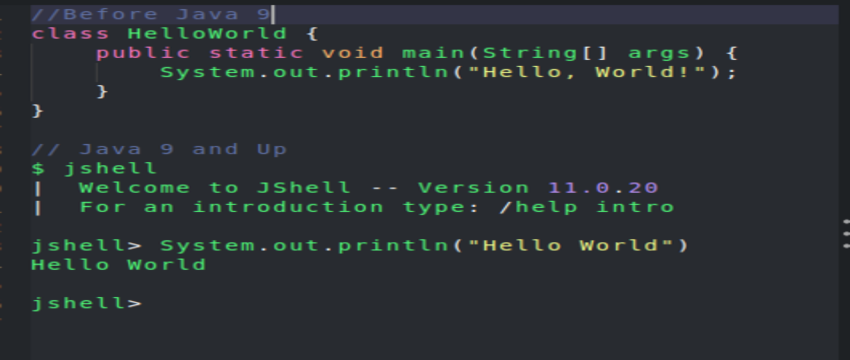
Private Methods in Interfaces: Interfaces couldn’t have private methods in previous versions of Java. Java 9 fixed this issue by enabling interfaces to include private methods, which may be utilized for internal code reuse.
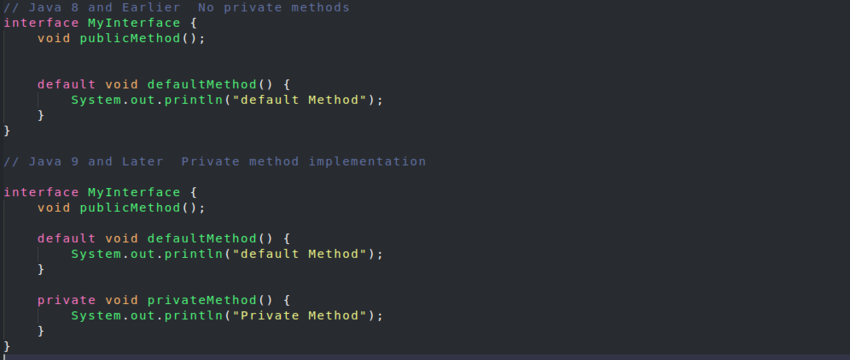
Stream API Improvements: The Stream API was strengthened and improved with a number of changes in Java 9. The takeWhile and dropWhile methods are an important feature since they let you take or drop components from a stream depending on a predefined condition.
takeWhile method: allows you to take elements from a stream as long as a specified condition is met.
dropWhile method: allows you skip elements until the specified condition becomes false.
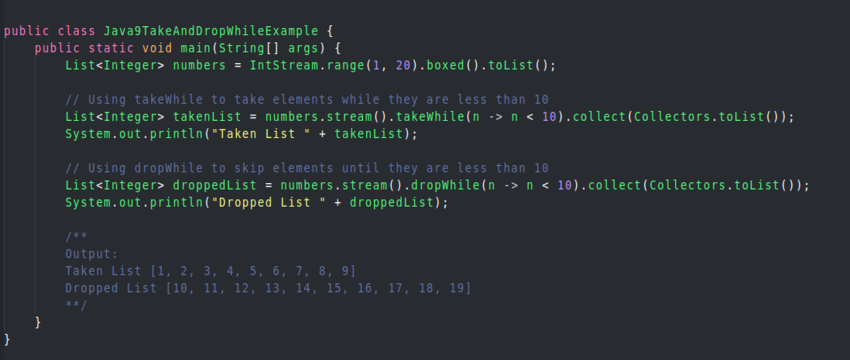
Modules: Before Java 9, Java applications were organized into packages, but there was no formal way to define module boundaries and dependencies. Java 9 improvements: Introducing a module system that allows developers to create modular applications. A module encapsulates a package and allows you to specify its dependencies. Refer: link
Factory Methods: A collection factory method in Java is a static method that provides a simple way of initializing an immutable Collection<E>. Being immutable, no elements can be added to, removed from, or modified inside the Collection<E> after it is initialized.
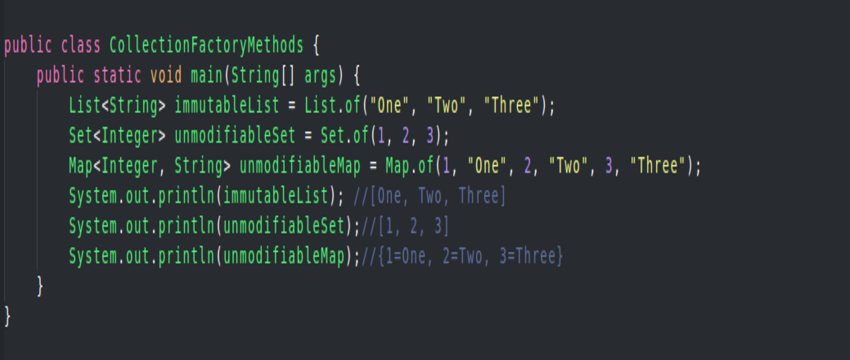
Try With Resources Improvements: Java 9 improvements: Java 9 allows you to declare and initialize resources directly in the try-with-resources statement, reducing code redundancy. Comparison with previous versions: In previous versions of Java, you had to declare and initialize resources outside of the try block, which made your code more verbose.
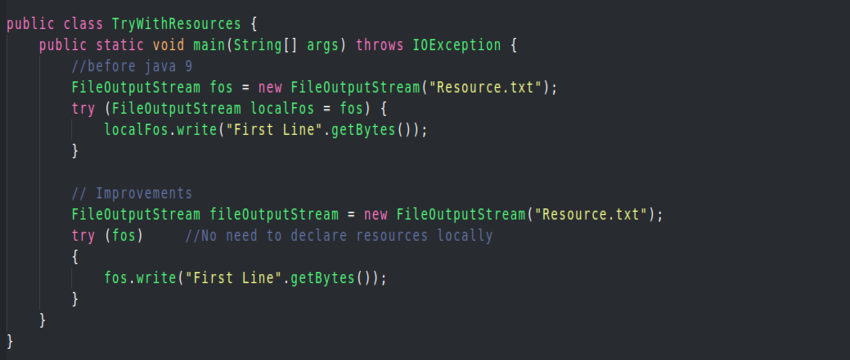
VAR Keyword: Java 10 introduced the var keyword for local variable type inference. Now, declaring variables becomes more concise.
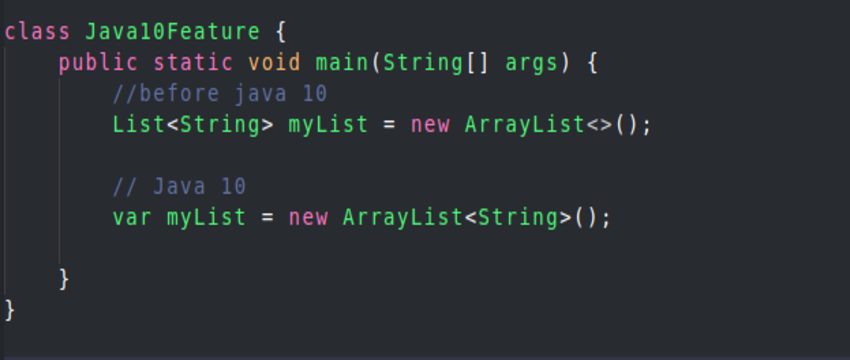
Epsilon Garbage Collector: Java 11 came out with a new garbage collector called Epsilon, which is just for testing performance. You can turn it on with the command line using -XX:+UseEpsilonGC.
Local-Variable Syntax for Lambda Parameters: You can make use of var for lambda arguments in Java 11.
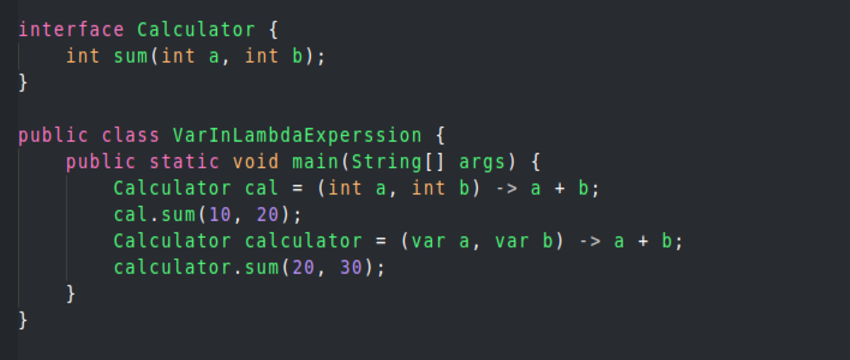
HTTP Client: The HTTP client was first introduced in Java 9, but it became a part of Java 11.
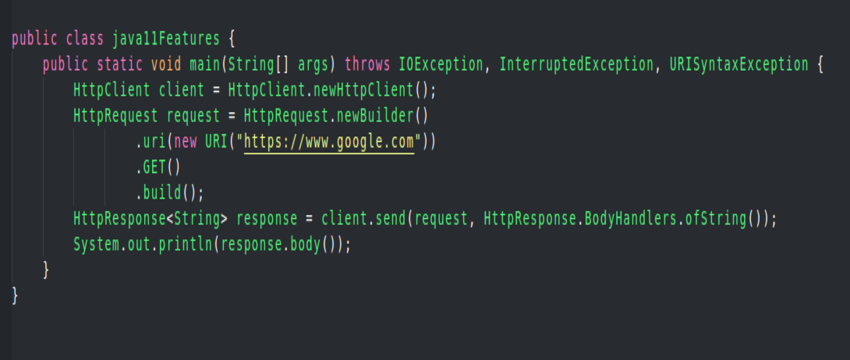
String Methods: Java 11 added a bunch of new methods to the String class, like “isBlank”, “strip”, “stripLeading”, and “stripTrailing”, which make it a lot easier to do all the stuff you usually do with strings.
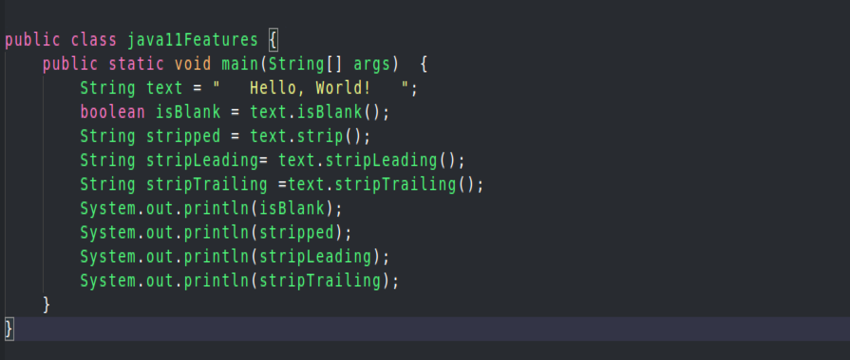
Switch Expressions: In Java 12, the switch statement was made standard and now it supports expressions, making it easier to write and easier to understand.
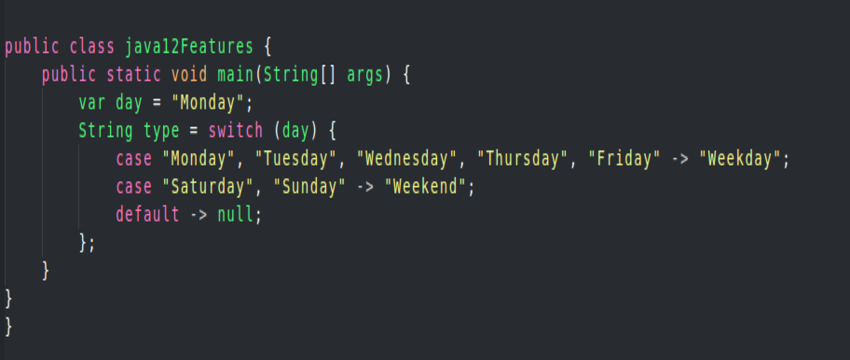
The yield keyword lets us exit a switch expression by returning a value that becomes the value of the switch expression.
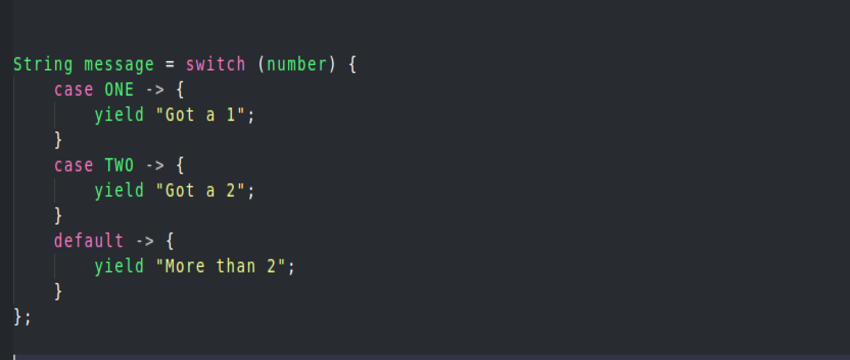
Teeing Collector: You can use the teeing collector in Java 12 to do two different things on a stream, and then use a function to combine them into one result.
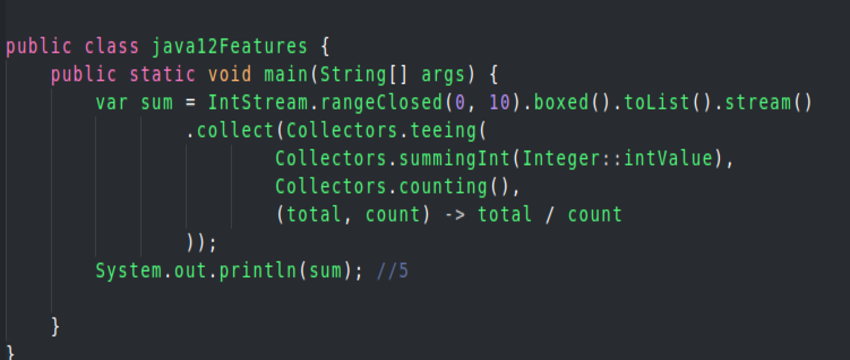
Compact Number Formatting: Compact number formatting is a new feature introduced in Java 12 that enables the formatting of numbers in a more compact and human-readable manner, appropriate for different environments.
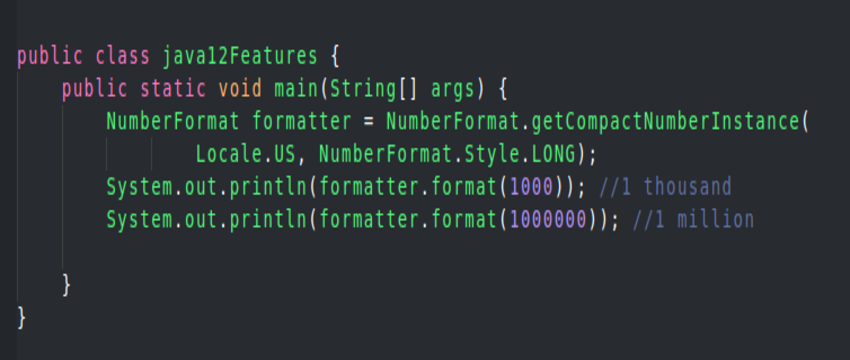
Text Blocks: Java 13 Simplifies the creation of multi-line strings using “”” “””.
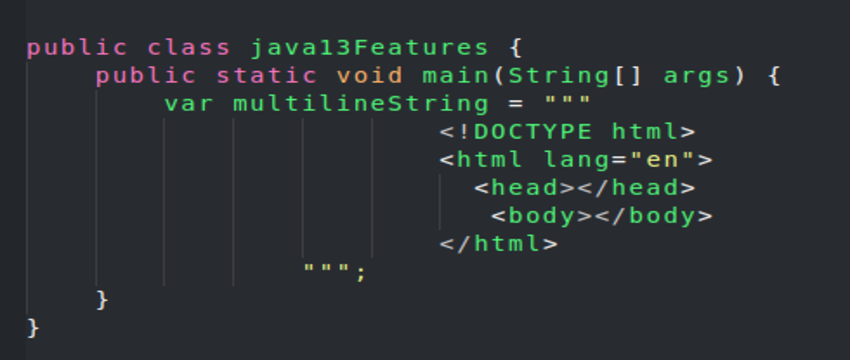
Records: Records are a new class type in Java 14 that offer a clear method to describe classes that are primarily used to hold data. They eliminate boilerplate code by automatically generating equals(), hashCode(), and toString() methods as well as constructors and accessor methods.
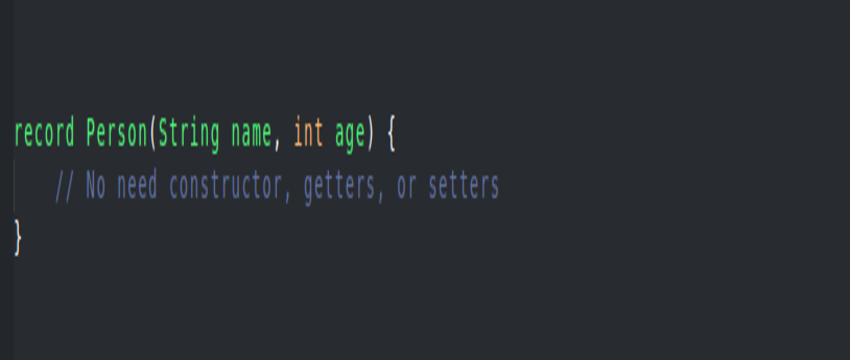
Pattern Matching instanceOf: With instanceof Pattern Matching, you can combine both type checking and casting in one line, making your code easier to read and understand.
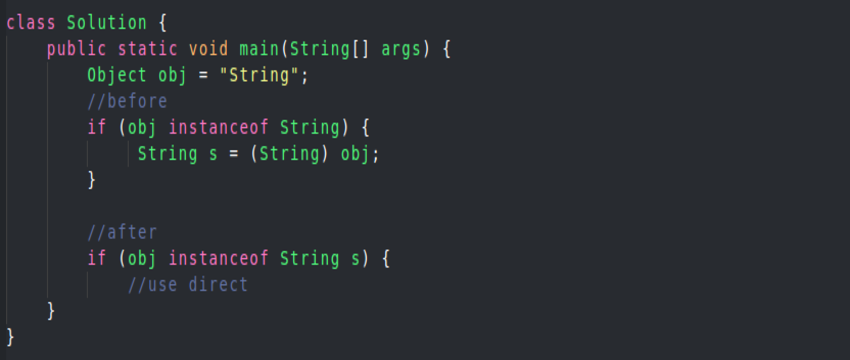
Sealed Classes :You can decide which classes and interfaces can be extended or implemented by using a sealed class. This can help keep your code safe and easier to maintain by limiting how many sub classes you have.
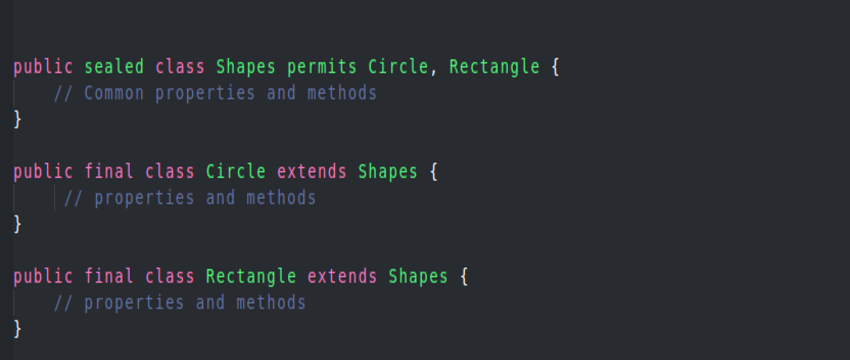
Reactive-Streams Reactive streams are a great way to manage and process data in an asynchronous and non-blocking way. They’re especially useful for dealing with files, network requests, and UI events where data might not be available right away. Refer: link



